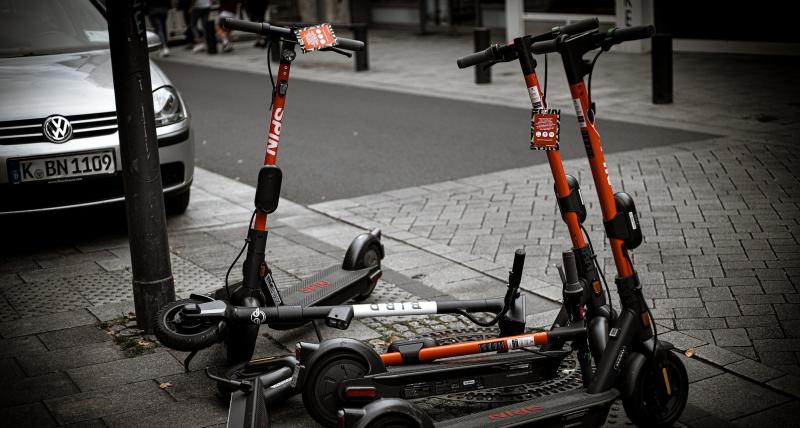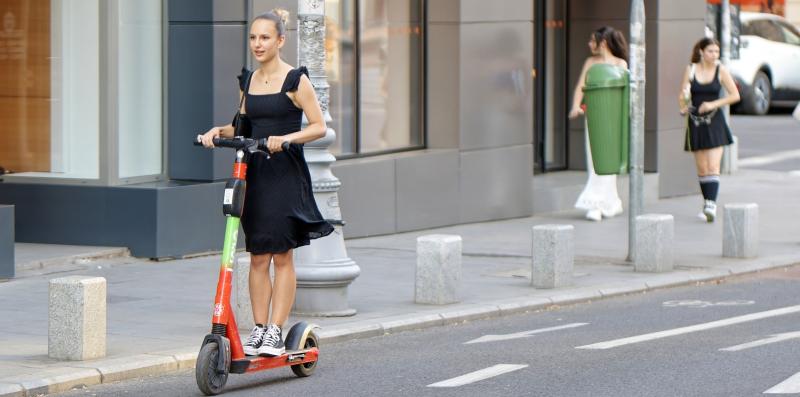One of the most critical components of an electric bike (e-bike) is its motor. The motor defines how much power you’ll have, how smooth the ride will feel, and how your bike handles different terrains. But with various types of e-bike motors available, it can be challenging to determine which one suits your needs. In this guide, we’ll break down the different types of electric bike motors, explaining their pros and cons so you can make an informed decision when choosing your next e-bike.
Why the Electric Bike Motor Matters
The motor is the powerhouse of an electric bike, converting electrical energy from the battery into mechanical energy that propels the bike forward. Different types of motors offer unique benefits, from increased speed to enhanced climbing power. Understanding the type of motor in your electric bike will help you choose the right bike for your specific riding style, whether it’s for commuting, mountain biking, or leisurely rides.
Types of Electric Bike Motors
1. Hub Motors
Hub motors are the most common type of electric bike motor and are located in the hub of either the front or rear wheel. These motors operate independently of the bike’s drivetrain, meaning they provide power directly to the wheel, without relying on the bike’s chain or gears.
- Front Hub Motors: These motors are located in the front wheel, pulling the bike forward. They’re typically found in more basic e-bike models and are known for their simplicity and ease of maintenance.
- Rear Hub Motors: These motors are mounted in the rear wheel, pushing the bike forward. Rear hub motors provide better traction and are commonly found in e-bikes designed for off-road use or those requiring more power.
Pros of Hub Motors
- Simplicity: Hub motors are generally easier to maintain since they operate independently of the drivetrain.
- Affordability: E-bikes with hub motors are often more affordable than mid-drive motor models.
- Quiet Operation: Hub motors are usually quieter, making them ideal for city commuters who prefer a silent ride.
Cons of Hub Motors
- Weight Distribution: Since the motor is located in the hub, it can make the bike feel unbalanced, especially in the front wheel models.
- Lower Torque: Hub motors provide less torque than mid-drive motors, making them less efficient on hills or rough terrains.
- Less Efficiency: Hub motors tend to be less efficient in terms of power usage, meaning the battery might drain faster than with other motor types.
2. Mid-Drive Motors
Mid-drive motors are located in the center of the bike, near the pedals. These motors directly power the bike’s chain, which means they work in tandem with the bike’s gears, making them more efficient and powerful than hub motors. Mid-drive motors are often found in high-performance e-bikes designed for off-road riding and climbing steep hills.
Pros of Mid-Drive Motors
- High Efficiency: Since mid-drive motors use the bike’s gears, they offer better energy efficiency, providing more range on a single battery charge.
- Better Torque: Mid-drive motors produce more torque than hub motors, making them ideal for steep climbs and challenging terrains.
- Balanced Weight Distribution: Positioned in the center of the bike, mid-drive motors provide a more balanced and natural riding experience.
- Ideal for Off-Roading: Mid-drive motors are perfect for mountain biking and off-road adventures due to their power and efficiency.
Cons of Mid-Drive Motors
- Higher Cost: E-bikes with mid-drive motors tend to be more expensive than those with hub motors.
- Increased Wear and Tear: Since mid-drive motors apply power directly to the chain and gears, they can cause more wear on these components, leading to increased maintenance costs over time.
- More Complex to Repair: Mid-drive motors are more integrated into the bike’s mechanics, making them harder to repair compared to hub motors.
3. Geared vs. Direct-Drive Motors
Both hub and mid-drive motors can be further classified into two categories: geared motors and direct-drive motors.
Geared Motors
Geared motors use internal gears to reduce the speed of the motor while increasing torque. These motors are generally smaller, lighter, and offer more torque at lower speeds, making them excellent for city commuting or off-road riding.
Direct-Drive Motors
Direct-drive motors, on the other hand, do not use internal gears. Instead, they operate at lower speeds and deliver a smoother, more consistent ride. These motors are typically larger and heavier but are more durable over time.
Pros of Geared Motors
- Higher Torque: Geared motors provide more torque at lower speeds, making them better for hilly terrains.
- Smaller and Lighter: Geared motors are more compact and lightweight compared to direct-drive motors.
Pros of Direct-Drive Motors
- Smoother Ride: Direct-drive motors provide a smoother ride, especially at higher speeds.
- Durability: Direct-drive motors have fewer moving parts, which makes them more durable and less prone to mechanical failure.
4. Dual Motor Systems
Some electric bikes come with dual motor systems, which feature both a front and rear motor. These systems provide extra power and are typically found in high-performance or off-road e-bikes.
Pros of Dual Motor Systems
- Increased Power: With two motors working in tandem, dual motor systems provide more overall power, making them ideal for extreme terrains or steep hills.
- Better Traction: Dual motors offer superior traction and control, especially in slippery or uneven conditions.
Cons of Dual Motor Systems
- Heavier Weight: Dual motor systems add weight to the bike, which can make it harder to carry or transport.
- Higher Price: Bikes with dual motors are generally more expensive than single-motor models.
Choosing the Right Motor for Your Electric Bike
The type of motor you choose for your electric bike will depend on several factors, including your riding style, the terrain you’ll be navigating, and your budget. Here are a few considerations to keep in mind:
1. Riding Terrain
If you primarily ride on flat, paved roads, a rear hub motor or a geared motor will provide plenty of power and torque. However, if you plan to tackle steep hills or off-road trails, a mid-drive motor or dual motor system will offer better performance.
2. Range and Efficiency
If you need to maximize your range, consider a mid-drive motor, which works with the bike’s gears to provide more efficient power usage. For shorter commutes, a hub motor may be sufficient.
3. Weight and Portability
If portability and weight are important to you, opt for a bike with a geared motor, as these tend to be lighter. Direct-drive motors, while durable, add more weight to the bike.
Real-Life Example: Finding the Right Motor for City Commuting
Sarah, a city commuter, was looking for an electric bike to shorten her daily commute. After researching different motor types, she chose a rear hub motor e-bike with a 500W motor. The rear hub provided her with plenty of power for city streets while keeping the bike affordable and easy to maintain. With a range of 20 miles on a single charge, Sarah found the bike perfect for her short urban commutes, while the hub motor kept her ride smooth and quiet.
Conclusion: Understanding Electric Bike Motors
Electric bike motors play a crucial role in determining the performance, efficiency, and riding experience of your e-bike. Whether you choose a hub motor, mid-drive motor, geared motor, or dual motor system, it’s important to match the motor type with your riding needs and terrain. By understanding the differences between these motors, you’ll be better equipped to select the perfect electric bike for your commute, outdoor adventures, or daily errands.



